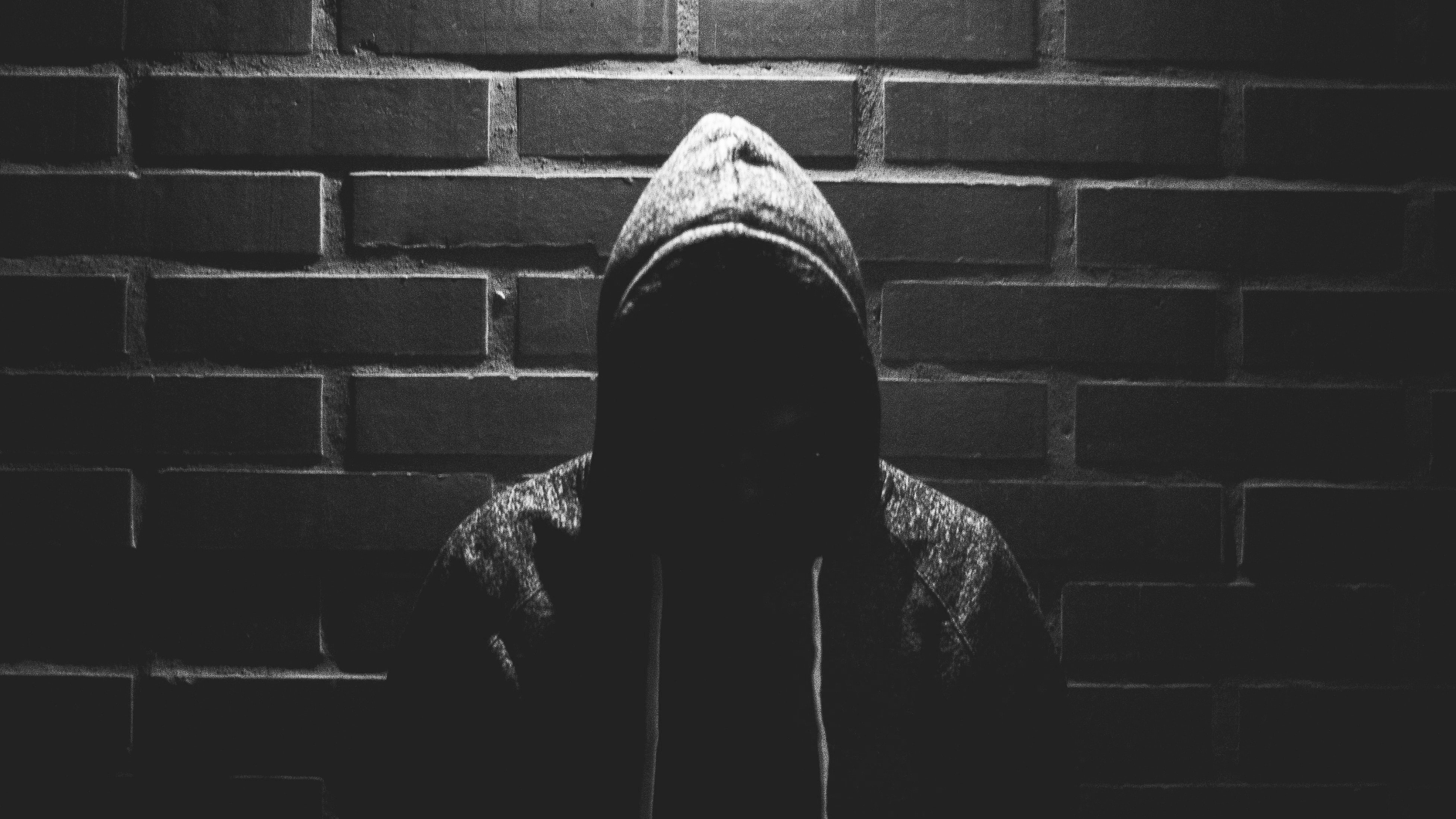Violent, spree events are generally used to describe a person (or persons) committing violent events at multiple locations with no cooling-off period in-between. These can be highlighted in cases of arson and homicide.
A perpetrator in a spree killing often knows or has some connection to the victims and frequently targets family members, romantic partners, etc. The actions are commonly for purposes of retaliation or in a fit of rage and can be triggered by emotional turmoil.
It is the nature and the directionality of the rage in a spree situation which causes a discussion regarding terrorism, a hate crime, and a mass murder.
The shootings on March 16 around the Atlanta area by Robert Aaron Long at three spas meets the general understanding of spree events: the locations are public places, the actions were conducted during the day, there were multiple victims, nothing was taken from the locations, and the sites were visited previously by the shooter.
In addition, the actions can meet the general definition of a hate crime, which is “a crime, typically one involving violence, that is motivated by prejudice on the basis of race, religion, sexual orientation, or other grounds.”
Information also suggests the actions are supported by a fervent devotion by Long to a cause, or system of beliefs with a corresponding right and wrong. Therefore, the actions could also meet the general definition of terrorism, which is “the unlawful use of force and violence against persons or property to intimidate or coerce a government, the civilian population, or any segment thereof, in furtherance of political or social objectives.”
The heightened nature of violence involving multiple locations by lone actors continues to create concern. With 2020 being one of the most violent years on record, the underlying anxiety, fear, and anger are likely to result in a higher risk of additional mass shootings. The increasing use of vehicles during these violent events highlights the potential risk for additional spree incidents.
With COVID-related social distancing guidelines, it may be difficult to see various early warning signs or pre-offense characteristics, such as:
- Changes in appearance
- Becoming withdrawn
- Demonstrating an isolated affect
- Possible erratic behavior
- Leakage warning behavior
For more information and support in addressing concerns of potential violence click here.

